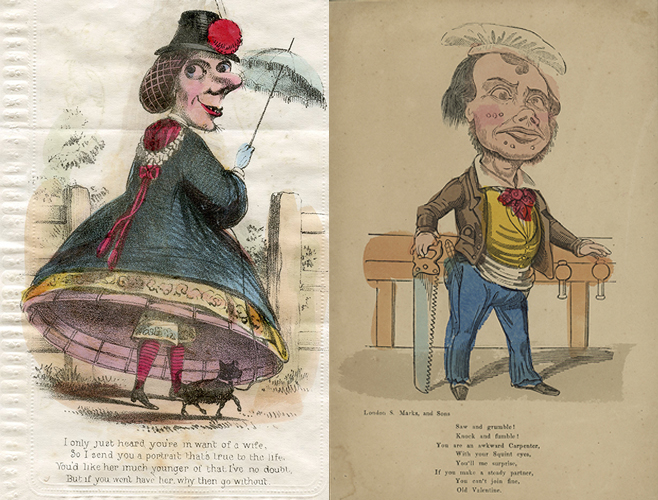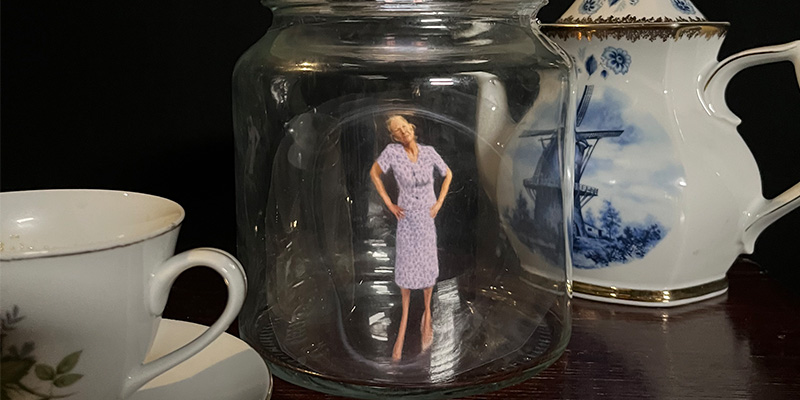News | Thursday, 20th April 2023
Football heading immediately alters brain function, shows study
Research could lead to a better understanding of the lasting impacts of heading

A brief session of football heading has an immediate impact on brain function and the way the brain communicates with muscles, according to new research.
The study found that after heading real footballs in succession, participants were unable to improve on a cognitive task, even with practice.
A control group who headed footballs in virtual reality (VR), did see an improvement.
Scientists from the Manchester Metropolitan University Institute of Sport, who led the study, believe that heading the ball could have impaired the participant’s ability to improve in the performance task.
Those who headed real footballs also displayed a pattern of brain activity that might indicate the brain was working harder to control their movements, in comparison to those who headed virtual balls.
What we have done is shown that there is this immediate effect and that must now be explored further.
The impact of repetitive heading has been closely examined in recent years, following a 2019 study that found footballers were three and a half times more likely to die from neurodegenerative diseases than age-matched members of the population.
Data also suggests a goalkeeper’s risk was no greater than that of the general population, but an outfield player’s risk was four times greater, increasing to five times more among defenders, where head injuries and heading the ball are most prevalent.
Dr Johnny Parr, Lecturer in Sport Psychology at the Manchester Metropolitan University Institute of Sport, said: “Our findings show that heading a football clearly induces some immediate changes to brain function, and how our brain and muscles communicate.
“But, at this point, it’s still unclear what this altered activity represents.
“It could be that heading required participants to work harder or invest greater cognitive effort in order to compensate for a deficit in the brain’s ability to process information.
“Or it could be that the altered activity reflects the need to manage the concussive symptoms that people experience as a result of the heading protocol.
“It’s also possible that some of our findings could be explained by additional physiological changes that we didn’t measure – and this is something we are researching further.
“But what we have done is shown that there is this immediate effect and that must now be explored further.
“More work is needed to determine how long these alterations in brain function last following heading, and whether these short-term impacts can tell us anything meaningful about longer-term brain health and the risk of neurodegenerative disease.”
The study, published today (Thursday 20 April 2023) in Frontiers in Human Neuroscience, took 60 participants in total, with 30 individuals heading 20 real footballs in succession, and 30 heading virtual balls wearing VR headsets.
Each group was asked to complete the King-Devick test – a baseline test to screen for concussion through rapid number naming – to measure cognitive performance, self-report any concussion symptoms, and undergo a neurophysiological assessment before and after the heading task.
The real heading group self-reported a range of symptoms commonly associated with concussion after the heading.
The VR group completed the King-Devick test faster post-heading than they did before it, but there was no improvement in speed post-test in the real heading group – who also made more errors second time around – indicating an impairment to cognitive function.
More work is needed to determine how long these alterations in brain function last following heading, and whether these short-term impacts can tell us anything meaningful about longer-term brain health and the risk of neurodegenerative disease.
During a handgrip task – aimed at measuring motor control and reflexes – both groups showed an improvement post-heading.
However, brain activity in the two groups was fundamentally different during the test, which could demonstrate that those in the real-heading group had to work harder to control their movements than the VR group.
Findings also indicated that heading induced an increase in connectivity between the brain and muscles, which is also found in individuals who have mild traumatic brain injury and those with concussion.
Scientists say this could represent the brains natural repair in response to injury, but until more research is carried out, their conclusions remain speculatative.




